What is a variable inductor? This is a question that many people don’t know the answer to.
In this article, we will discuss what a variable inductor is, how it works, and some tips on using it!
Definition of Variable Inductor
It is composed of a wire or coil wound around an iron core, and it works by converting electrical energy into magnetic energy. When current is applied to the coil, it creates a magnetic field which induces an electric current back into the circuit. This action resists changes in the current and thus helps regulate voltage levels. Inductors also have many applications in electronics such as filtering, signal conditioning, and amplifying signals. In addition, they are used for noise suppression and power factor correction.
The inductance of a variable inductor can be adjusted by varying the number of turns of wire on its coil, or by changing the relative separation between windings on a multi-layer coil. Variable inductors are commonly used in radio antenna tuning circuits and other applications where controllable levels of inductance are needed.
Unlike fixed value coils which produce a specific amount of inductance at any given time, variable coils allow for changes to be made to the level of reactance generated by adjusting their size and shape. This allows for more flexible control of the antenna’s signal strength and frequency. In addition, some variable inductors are constructed with a ferrite core which acts as an additional tuning element in the circuit.
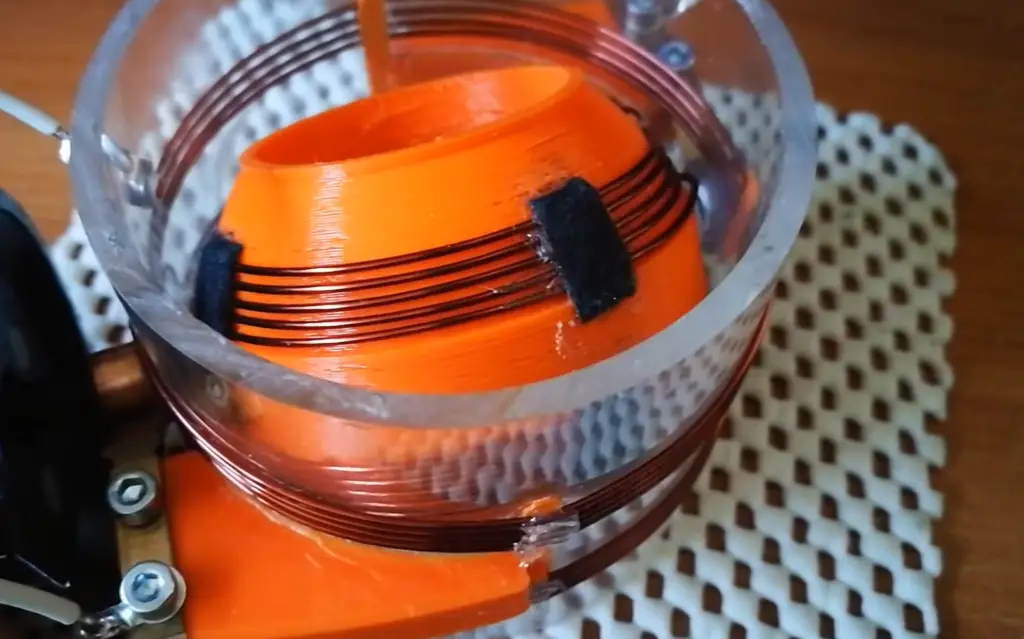
The main characteristic of variable inductors is their ability to change the value of the inductance they provide without having to physically replace the component itself. This means they can be adjusted while the circuit is running, allowing engineers to make efficient use of their time and resources when designing or troubleshooting circuits.
Variable inductors also have a parasitic capacitance associated with them, which must be taken into account when designing a circuit. This capacitance is formed by the coil’s inherent capacitance, and any external or stray capacitance that may be present in the environment. It is important to note that this will have an effect on the overall performance of the inductor, so it is critical to consider these factors when selecting components for your circuit.
Magnetic core used in variable inductors is modifiable which allows engineers to change the inductance value with ease. This is done either by adding more turns of wire, or by changing the coil stack shape and distance between layers. By adjusting these parameters, it is possible to alter the inductance within a relatively reasonable range.
These inductors are also made from high quality materials, allowing them to maintain a consistent level of inductance over time. This is an important factor for circuits that rely on precision, such as those used in communications equipment or medical devices.
Variable inductors also come in many different shapes and sizes, making it easy for engineers to find the ideal component for their application. Different designs are needed depending on the desired range of inductance, the power requirements of the circuit, and whether the inductor needs to be shielded from outside interference. [1], [2], [3], [4]
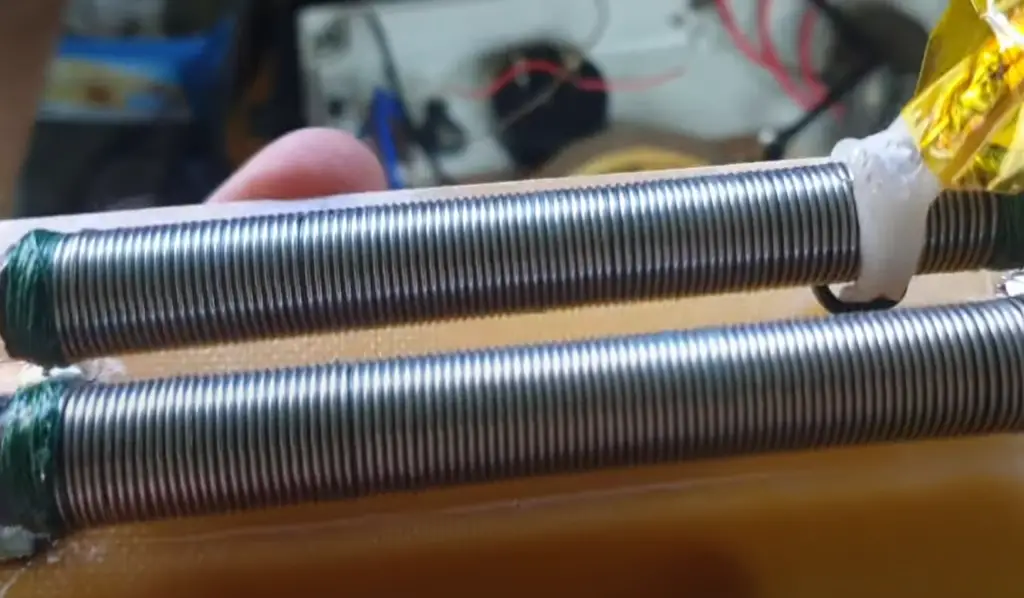
Types of Variable Inductor
There are many different types of variable inductors, with each type having its own unique features and applications. Let’s discuss them.
Tapped Variable Inductor
These taps provide the user with a way to adjust the total inductance of the circuit without having to replace the entire inductor.
Tapped variable inductors are commonly used in RF circuits such as high-frequency amplifiers and oscillators as they provide precise control over the frequency response of the circuit. They can also be found in voltage regulators, where they can be used to reduce ripple on a DC output signal.
Slug Tuned Inductor
The size and material of the slug determine how much inductance can be adjusted, allowing for precise adjustments in tuning circuits or antennas.
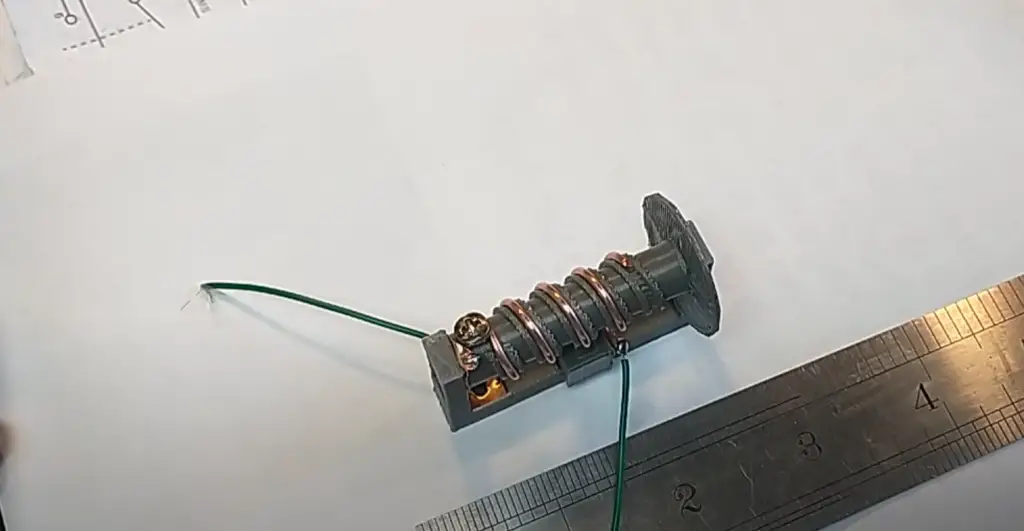
By inserting and rotating these slugs inside of an adjustable core, the magnetic field created will affect the amount of current flowing through it, which is proportional to the change in total inductance. The amount of energy stored by a slug tuned inductor increases with magnetic field strength and varies depending on the material used in the slug. [3], [4], [5]
Circuit of the Variable Inductor
The circuit of a variable inductor consists of a few components: a paper tube, steel or iron bar, magnet wire with 28 gauge, low voltage AC power supply, and Incandescent lamp.
Afterwards, this inductor must be connected to an AC power supply and an incandescent lamp in series to create a circuit. Once the paper cylinder is drained of its contents, the Incandescent light will radiate brilliantly. When the steel bar is inserted into the paper tube, it causes a surge in inductance (L), which reduces incandescent lamp brightness and consequently increases inductive reactance (XL). [3], [4], [5]
Uses of Variable Inductors
Variable inductors have a wide range of uses within both industrial and consumer applications. The ability to adjust the inductance of a circuit without having to replace components makes variable inductors an ideal choice for a variety of settings.
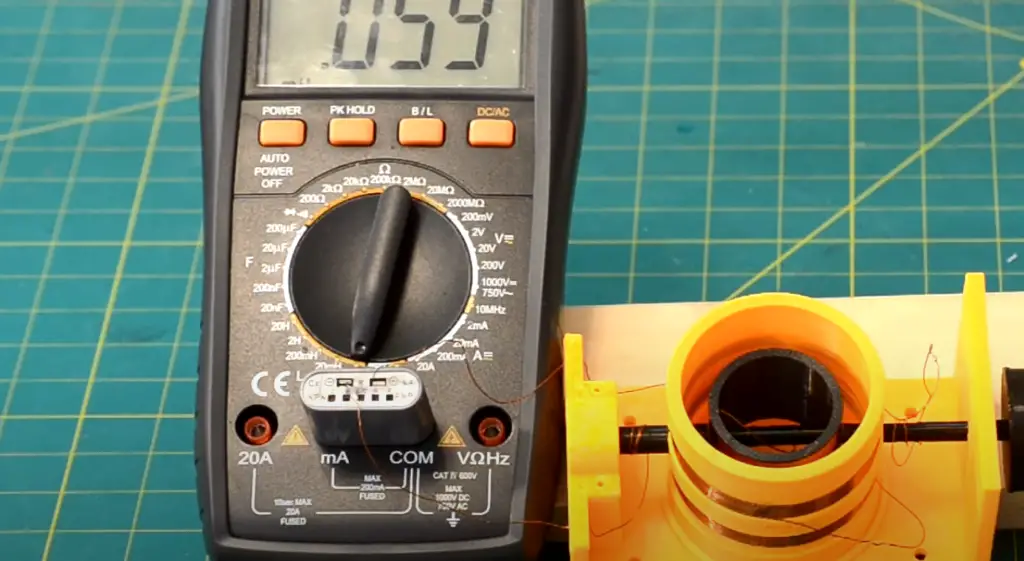
Variable inductors are often used for highly sensitive applications such as medical equipment, remote sensing, and telecommunications. The adjustable nature of the inductor allows it to be tuned to the desired frequency or current level without having to replace components in the circuit. This can save time and money by avoiding unnecessary trips to a hardware store.
Variable inductors are also used in power system-based applications such as motor control, lighting systems and others. By allowing the user to adjust the inductance of a circuit, variable inductors can provide greater system flexibility which can help improve efficiency while still maintaining desired performance levels.
Electronic ballasts and LED lighting systems are two other popular applications for variable inductors. In these cases, the ability to adjust the inductance is critical for both performance and efficiency. By ensuring that the circuit is properly tuned, energy use can be optimized while still producing the desired results from the device or system.
For consumer applications, variable inductors can be used in radios and stereo equipment. By allowing users to adjust the inductance of a circuit, they can produce higher quality audio or find better reception depending on their needs.
Coupling circuits are another application for variable inductors. Coupling circuits are used to transfer signals from one circuit or device to another, and the adjustable nature of a variable inductor allows it to act as a mediator in this process.
In addition to that, you can see variable inductors be used in oscillators, signal processing, and transceivers. As the frequency of a circuit is adjusted, the inductance must be changed in order to maintain stability. This makes variable inductors an invaluable asset for these types of applications.
No matter what application you need a variable inductor for, it’s important to consider all potential uses before choosing one. Knowing how you plan on using your inductor will help ensure that you end up with a device that meets all of your needs. The right inductor will also help optimize performance and reduce energy use, leading to better overall results. [3], [4], [5]
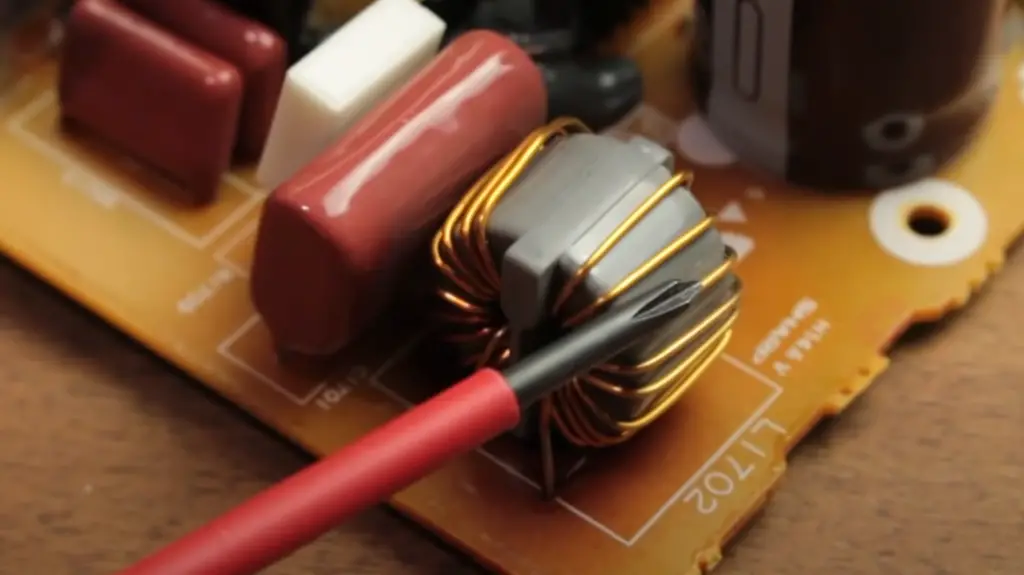
FAQ
What is a tapped variable inductor
The advantage of this type of design is that it allows for a wider range of tuning, allowing an engineer to more accurately tune a circuit.
Tapped variable inductors typically consist of two or three coils wound around a ferrite or iron core. These coils are often referred to as ‘taps’. Each tap has its own connection point, which will vary depending on the specific model being used. By connecting each tap appropriately, engineers can adjust the inductance value.
Why is the inductor called passive?
It is referred to as “passive” because it does not actively generate its own energy, but rather relies on the flow of current through it to produce a voltage drop (impedance) across its terminals. This impedance can be used to control the amount of current that flows through the inductor and thus affect how much energy is stored in its magnetic field.
How do adjustable inductors work?
Adjustable inductors work by varying the number of turns in a coil of wire. This allows you to control the inductance of an electric circuit by changing the amount of inductive reactance present in it. Inductance is measured in Henries and is typically used to pass alternating current (AC) signals while blocking direct current (DC).
Adjustable inductors, or variable inductors as they are sometimes called, consist of two parts — a plunger that moves within the coil and a core made from ferrite, powdered iron, or air. As the plunger moves up and down within the coil, it increases or decreases its magnetic field, thereby causing more or less inductance in the circuit. The range of inductance available with a variable inductor depends on its design and the materials used to construct it.
What is the function of a variable inductor?
A variable inductor is an electrical component which works by using a coil of wire to produce a magnetic field. This magnetic field can be varied by altering the number of turns on the coil, and thus varying the inductance (the amount of electric current that can flow through it). Variable inductors are used in many electronic circuits as they allow for precise control over current and voltage levels.
The most common type of variable inductor comprises two coils wound around a ferromagnetic core which increases magnetic field strength. By changing the relative positions of these coils, it’s possible to vary the overall inductance.
Variable inductors are often found in radio receivers and transmitters, where they’re used to tune the circuit to a specific frequency. They can also be used in audio systems to alter the tone or sound of an instrument, as well as providing precise levels of current for sensitive electronics such as amplifiers and power supplies.
What are the 3 types of inductors?
The 3 main types of inductors are air core, ferromagnetic core, and toroidal.
Air core inductors are constructed without a magnetic material by simply coiling the wire around a non-magnetic form such as plastic or air. This type of inductor can be used when there is no need for high currents or voltages, and they usually have higher Q factors and lower losses than other inductors.
Ferromagnetic core inductors are constructed with an iron-containing material surrounding the wire coil(s). This helps guide more of the magnetic field through the windings to create a stronger effect on the current flowing through it.
Toroidal inductors are constructed by wrapping a wire coil around the outside of a donut-shaped ferromagnetic material. This helps to improve efficiency and reduce stray electromagnetic radiation as well as helping to provide a more symmetrical field. These inductors are often used in electronic circuits, such as voltage regulators and power supply designs. Toroidal inductors usually have higher cost and require more space than other types of inductors.
What are some applications of variable inductors?
Variable inductors are commonly used in radio frequency (RF) applications, as they can be tuned to different frequencies to adjust the circuit’s performance. They are also used in tunable filters, oscillators, and impedance-matching circuits. Variable inductors are particularly essential for tuning circuits in radio receivers and transmitters because their inductance can be adjusted to pick up a desired signal or frequency band.
In addition, variable inductors are used in resonant circuits for generating high voltages or for providing impedance matching between stages of an amplifier. They can also be used in voltage-controlled oscillators (VCOs) to generate signals of varying frequencies from a constant input voltage. Finally, variable inductors are widely used in audio systems to control loudness levels due to their ability to create different levels of inductance.
What is a fixed and variable inductor?
The amount of inductance it offers will depend on the physical size and construction type but generally remains unchanged over time. A variable inductor, however, changes its value based on input signals or other changing conditions in order to maintain a specific level of impedance at different frequencies or waveforms. This means that the resistance can be altered both actively and passively as required by applications or designs.
Between two inductors of the same size and construction, the variable one will offer more flexibility as it can be adjusted to a specific value within its range.
Where can a variable inductor be most useful?
Variable inductors are most useful in applications that require a wide range of inductance values to be controlled or adjusted. Examples include radio frequency (RF) tuning circuits, power supplies, and resonant converters.
In RF circuits, variable inductors are typically used in conjunction with capacitors to create Band-Pass Filters or Low-Pass Filters which can be tuned to filter out specific frequencies. In power supplies, they are used to adjust the output current and voltage by controlling the reactance. In resonant converters like DC/DC inverter circuit designs, they can be used as part of an LC tank circuit or other harmonic oscillators where they help control the resonance frequency of the entire system.
Useful Video: RF tutorials – Understanding and building a VARIOMETER
Conclusion
A variable inductor is an adjustable circuit component that allows users to change the inductance without having to change the physical size of the inductor. This makes them very useful in applications such as tuning radio receivers or amplifiers, or helping to create a frequency-dependent network. Variable inductors can be made with either air cores or ferrite cores, but the core material affects their performance characteristics and ability to handle power. Additionally, adjustable slug tuners provide even greater accuracy than fixed inductors, so they are often used in higher precision circuits.
Overall, variable inductors provide an effective and efficient way to adjust the parameters of an electrical circuit without having to rebuild it from scratch every time. They’re also relatively inexpensive and easy to find components, making them great for any DIY electronics project you might have in mind. With the right knowledge and understanding, you can use variable inductors to create a wide range of custom circuits.
In this article we have explained what a variable inductor is, how it works,their types and applications advantages and disadvantages that come with using them. We hope this article has helped clear up some questions about what is a variable inductor and why they are used in electrical circuits. As always, if you have any more questions or would like to learn more, please don’t hesitate to reach out!
References
- https://www.murata.com/en-global/products/inductor/variable
- https://www.polytechnichub.com/slug-tuned-inductor/
- https://www.elprocus.com/variable-inductor/
- https://www.electricalvolt.com/2023/01/variable-inductor-working-construction-types-applications





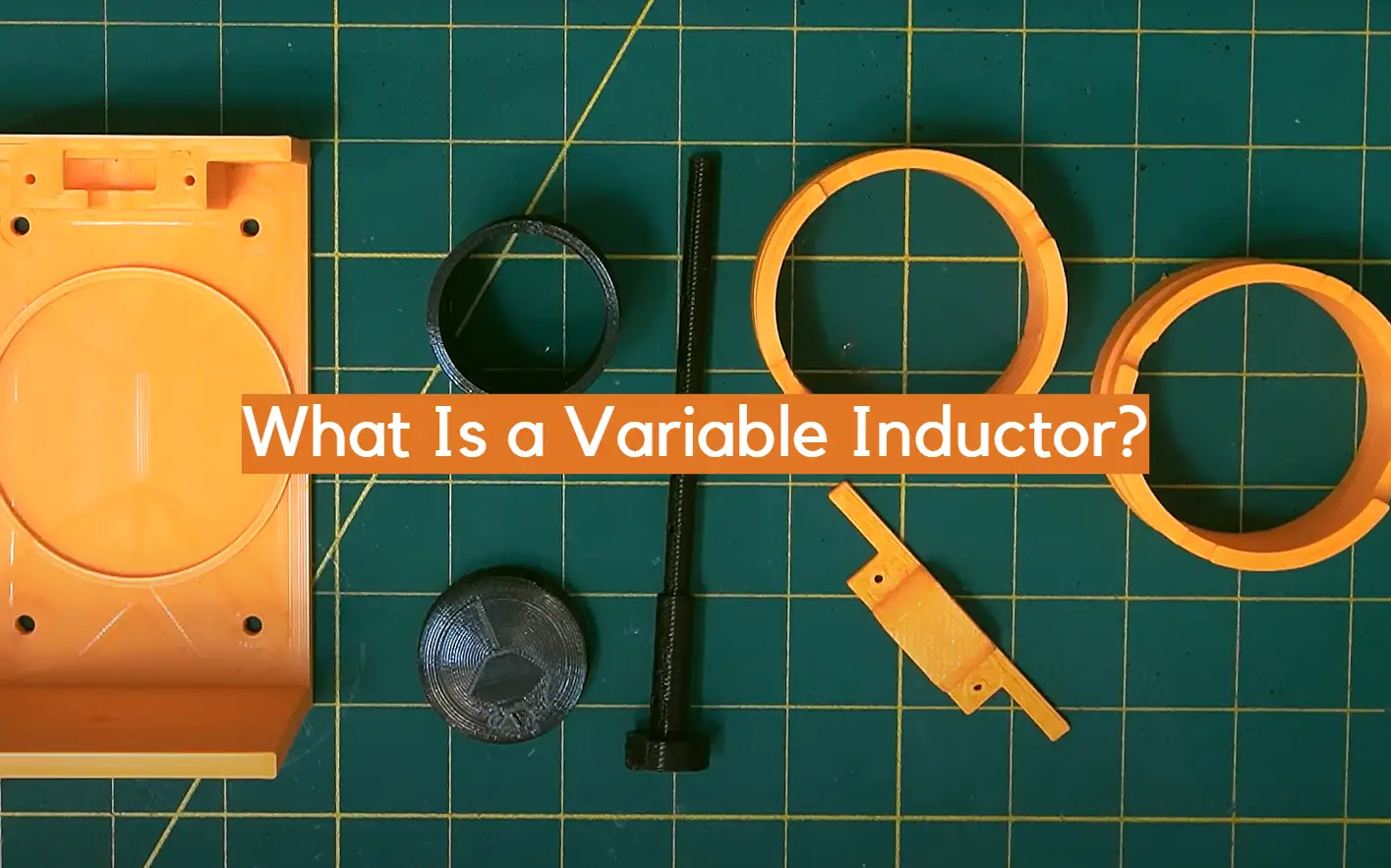





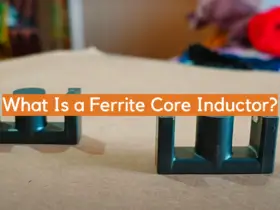
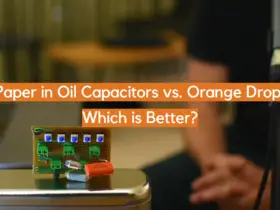
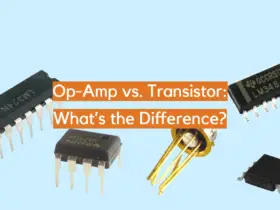
Leave a Reply